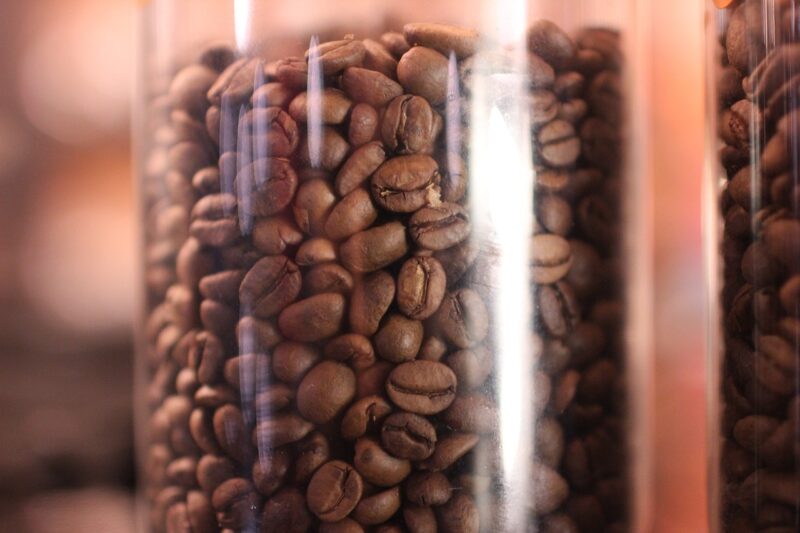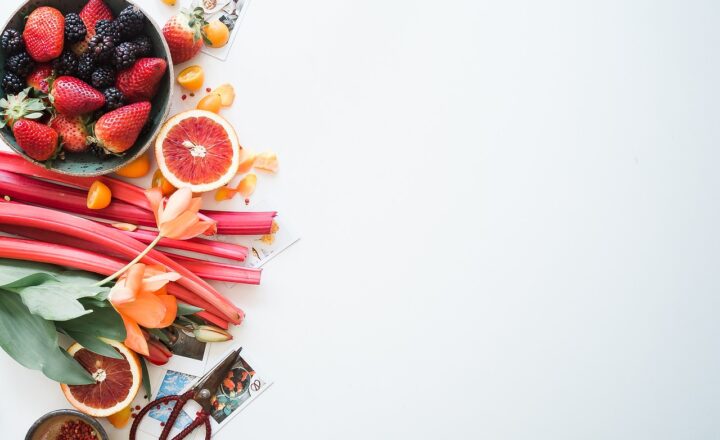
Coffee is one of the most beloved beverages worldwide, enjoyed by millions every day. Among the many varieties of coffee beans, Arabica and Robusta are the two most popular types, each with distinct characteristics, flavor profiles, and cultivation methods. Understanding these differences can greatly enhance your appreciation of coffee and help you choose the right bean for your preferred brew.
1. Introduction to Coffee Beans
The coffee plant belongs to the Coffea genus, and there are over 100 species. However, the two species that dominate the global coffee market are Coffea Arabica (Arabica) and Coffea Canephora (Robusta). Each type has unique attributes that influence everything from taste and aroma to growing conditions and caffeine content.
Coffee is not just a beverage; it’s a cultural phenomenon, with rich traditions woven into societies around the globe. But how do the beans differ? Let’s dive into the specifics.
2. Flavor Profiles: Arabica vs. Robusta
The most noticeable difference between Arabica and Robusta coffee lies in their flavor profiles:
– Arabica Coffee: Known for its sweet, complex flavors, Arabica beans have delicate acidity and a range of aromas, including fruits, floral notes, and hints of sugar. They are often described as smooth and mellow.
– Robusta Coffee: On the other hand, Robusta beans tend to have a stronger, harsher taste, characterized by a nutty or earthy flavor. They often have a grainy or woody undertone and a higher level of bitterness compared to Arabica.
In many cases, the specific flavor characteristics can vary based on the region, altitude, and treatment method of the beans, but the general trends remain the same.
3. Caffeine Content Differences
Caffeine content is another significant difference between Arabica and Robusta:
– Arabica Coffee: Typically contains about 1.2% to 1.5% caffeine, making it lower in caffeine than Robusta. The caffeine present in Arabica beans contributes to their enjoyable taste without being overly bitter.
– Robusta Coffee: Contains approximately 2.2% to 2.7% caffeine, nearly double that of Arabica. This high caffeine content contributes to its bitter taste and makes it more resilient to pests and diseases, which is a significant advantage for cultivation.
The higher caffeine content in Robusta also leads to a more robust crema when brewed, making it popular for espresso blends.
4. Growth and Cultivation Conditions
The cultivation requirements of these beans are vastly different:
– Arabica Coffee: Grows best at higher altitudes, typically between 2,000 and 6,000 feet. It thrives in cooler climates with stable temperatures and requires specific conditions of shade, moisture, and well-drained soils. The plant itself is more sensitive to disease and pests, requiring careful management.
– Robusta Coffee: More resilient and adaptable, Robusta can flourish in lower altitudes and more diverse climates. It can grow at elevations around 1,300 feet and withstand higher temperatures, making it easier to cultivate in different conditions. Its robustness against pests and diseases allows for higher yield rates.
The difference in cultivation makes Arabica less abundant and often more expensive compared to Robusta.
5. Appearance and Physical Characteristics
When you look at Arabica and Robusta beans, their appearance can give you insights into their differences:
– Arabica Beans: These beans are generally oval and have a curved crease on one side. Their color is typically a lighter green before roasting, which turns to a rich brown with several varieties showcasing different roast levels.
– Robusta Beans: Robusta beans are rounder, smaller, and have a straight crease. They are often denser than Arabica beans, which contributes to differences in grinding and brewing.
The physical characteristics can also affect how the beans are processed and roasted, which can further influence the final flavor in your cup.
6. Price and Market Trends
The price of coffee beans varies based on demand, availability, and quality. Typically:
– Arabica Coffee: Due to its sensitive growing conditions and lower yield, Arabica beans usually command a higher market price. Premium Arabica often attracts coffee aficionados for its exquisite taste and complexity.
– Robusta Coffee: With its higher yields and lower production costs, Robusta is usually cheaper. It’s commonly found in instant coffee and is often used for espresso blends, providing rich body and crema.
Market trends can also fluctuate based on growing conditions, economic factors, and consumer preferences, affecting the pricing strategies for both types of beans.
7. Conclusion: Choosing the Right Coffee for You
Understanding the differences between Arabica and Robusta coffee beans enables you to make informed choices when selecting your coffee. If you prefer a smooth, flavorful cup with complexity, Arabica may be your best bet. If you favor a stronger, more bitter brew with a caffeine kick, then Robusta could be the right choice for you.
Regardless of your choice, both beans contribute to the rich tapestry of coffee culture and the limitless possibilities of brewing methods. Explore different types, blends, and roasts to discover what resonates most with your palate.
Coffee is more than just a drink; it’s an experience. Knowing the origin and types of coffee beans can enrich this experience and deepen your appreciation for this beloved beverage. Enjoy your next cup of coffee, considering the nuances of the beans that make it special.







